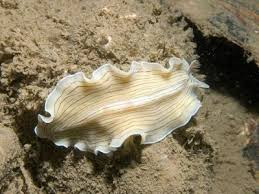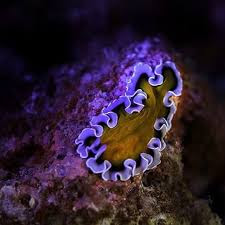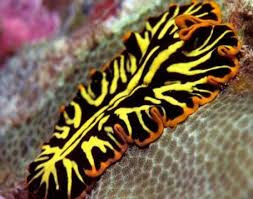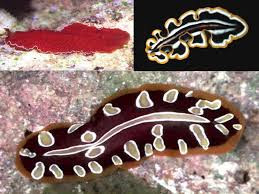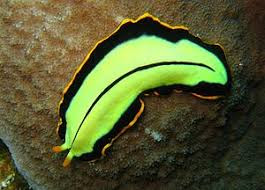Saluran Pencernaan Planaria sp
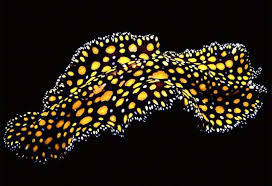
Saluran Pencernaan Planaria sp Saluran pencernaannya pada Planaria sp terdiri dari mulut, faring, dan usus. Hewan ini tidak mempunyai anus. Saluran pencernaan makanan berawal dari mulut yang terdapat di bagian ventral, kurang lebih di bagian tengah tubuh. Faring dapat dijulurkan dan berhubungan dengan anus (rongga gastrovaskuler). Beberapa Planaria sp mempunyai usus yang bercabang tiga: satu cabang ke arah anterior dan dua cabang ke arah posterior. Tiap-tiap cabang usus tersebut bercabang lagi ke seluruh tubuh. Ketiga cabang usus tersebut bergabung kembali di faring. Makanan masuk melalui mulut, dan hasil pencernaan diedarkan ke seluruh tubuh melalui cabang-cabang usus, sedangkan sisa makanan yang tidak tercerna dikeluarkan melalui mulut. Gbr. Struktur Tubuh Planaria sp

